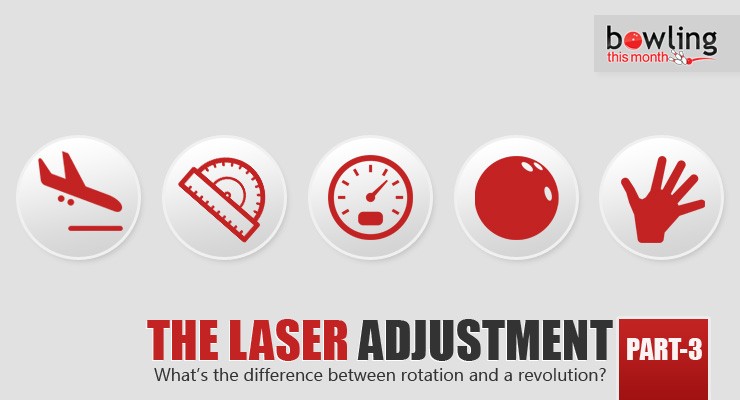Ah, ball motion. One of the most intriguing things about bowling. If you have been following my writings over the years, you know that I think the fit of the bowling ball on the hand is the single most important factor in whether you are a successful player or not. If the ball fits your hand, all the things you need to learn (a lifetime’s worth) are available to you and limited only by your interest. If it does not fit, all your study and work and practice and reading and taking lessons will be for naught.
For me, the second most important thing to possess in bowling is an understanding of ball motion. That means you not only MUST watch your ball motion throughout the entire lane, you have to understand what that motion means. This is not stuff you get by osmosis. It’s a result of paying attention, experience, and, most importantly, not lying to yourself.
Rev rate myths
Let’s talk a bit about the difference between revolutions and rotation. Many people think that the contribution made by the bowler to get a bowling ball to “hook” is rev rate. Not so much.
First, some definitions just to be sure we’re talking about the same things. A revolution is the ball rolling around its circumference. Rotation is the angle of that roll. We often talk about a bowler’s rev rate as being 250 rpms or 500 rpms or whatever. It’s actually nothing like that.
Some bowlers have around a dozen revs over the 60 feet of lane length, some much less, while others have 16 or more. The ...
This article is only available to Bowling This Month subscribers. Click below to get instant access to this article and all of our other premium instructional content.
Subscribe to Bowling This Month
Already a Bowling This Month subscriber? Click here to log in.
